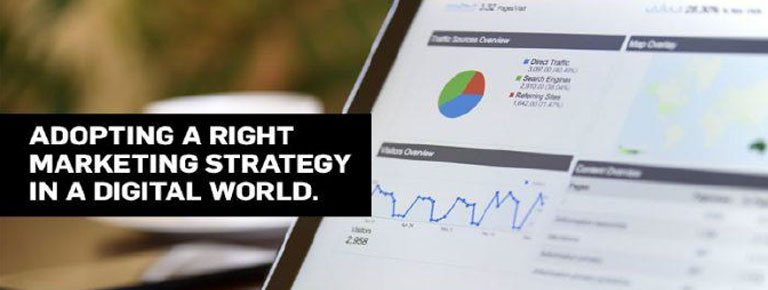
MSME: Difference Between Secure and Unsecured Business Loans
Posted on Saturday, June 17th, 2023 | By Indusind Bank
Running a small business is an endeavor that requires dedication, hard work, and most importantly, adequate capital. As an entrepreneur, you understand the significance of having access to funds in a timely manner to ensure the smooth operation and growth of your business. When it comes to acquiring business loans, it’s crucial to understand the distinction between secure and unsecured loans, as they can have a significant impact on your financial standing. Let’s explore the differences between these two types of loans and understand their implications.
Secured Business Loans
Secured business loans are a type of loan that requires collateral as security. Collateral can be any valuable asset owned by the borrower, such as property, equipment, or inventory. By pledging collateral, the borrower provides the lender with an assurance that the loan will be repaid.
Unsecured Business Loans
Unsecured business loans do not require collateral. These loans are granted based on the borrower’s creditworthiness, business history, and financial stability. Since there is no collateral involved, unsecured loans pose a higher risk to the lender, resulting in higher interest rates and lower borrowing limits. The application process for unsecured loans is typically faster and involves less paperwork compared to secured loans.
Differences between Secured and Unsecured Business Loans:
1. Collateral
The primary distinction between secured and unsecured loans lies in the presence or absence of collateral. Secured loans need collateral, whereas unsecured loans do not.
2. Interest Rates
Secured loans generally offer lower interest rates due to the reduced risk for the lender. Unsecured loans, on the other hand, have higher interest rates to compensate for the increased risk.
3. Borrowing Limits
Since secured loans have collateral as security, lenders are more willing to offer higher borrowing limits. Unsecured loans typically have lower borrowing limits as the absence of collateral increases the lender’s risk exposure.
4. Documentation
Secured loans involve extensive paperwork and evaluation of collateral, while unsecured loans have a simpler and faster application process with fewer documentation requirements.
5. Repayment Terms
Both types of loans have varying repayment terms. Secured loans often come with longer repayment periods, while unsecured loans may have shorter repayment periods due to the higher interest rates.
Summing Up
Secured and unsecured business loans serve different purposes and cater to distinct financial needs. Understanding their differences allows you to make an informed decision when seeking financial assistance for your business.
While secured loans offer lower interest rates and higher borrowing limits, unsecured loans provide faster access to funds without the need for collateral.



 Offers
Offers Rates
Rates Debit Card Related
Debit Card Related Credit Card Related
Credit Card Related Manage Mandate(s)
Manage Mandate(s) Get Mini Statement
Get Mini Statement
 categories
categories Bloggers
Bloggers Blog collection
Blog collection Press Release
Press Release


